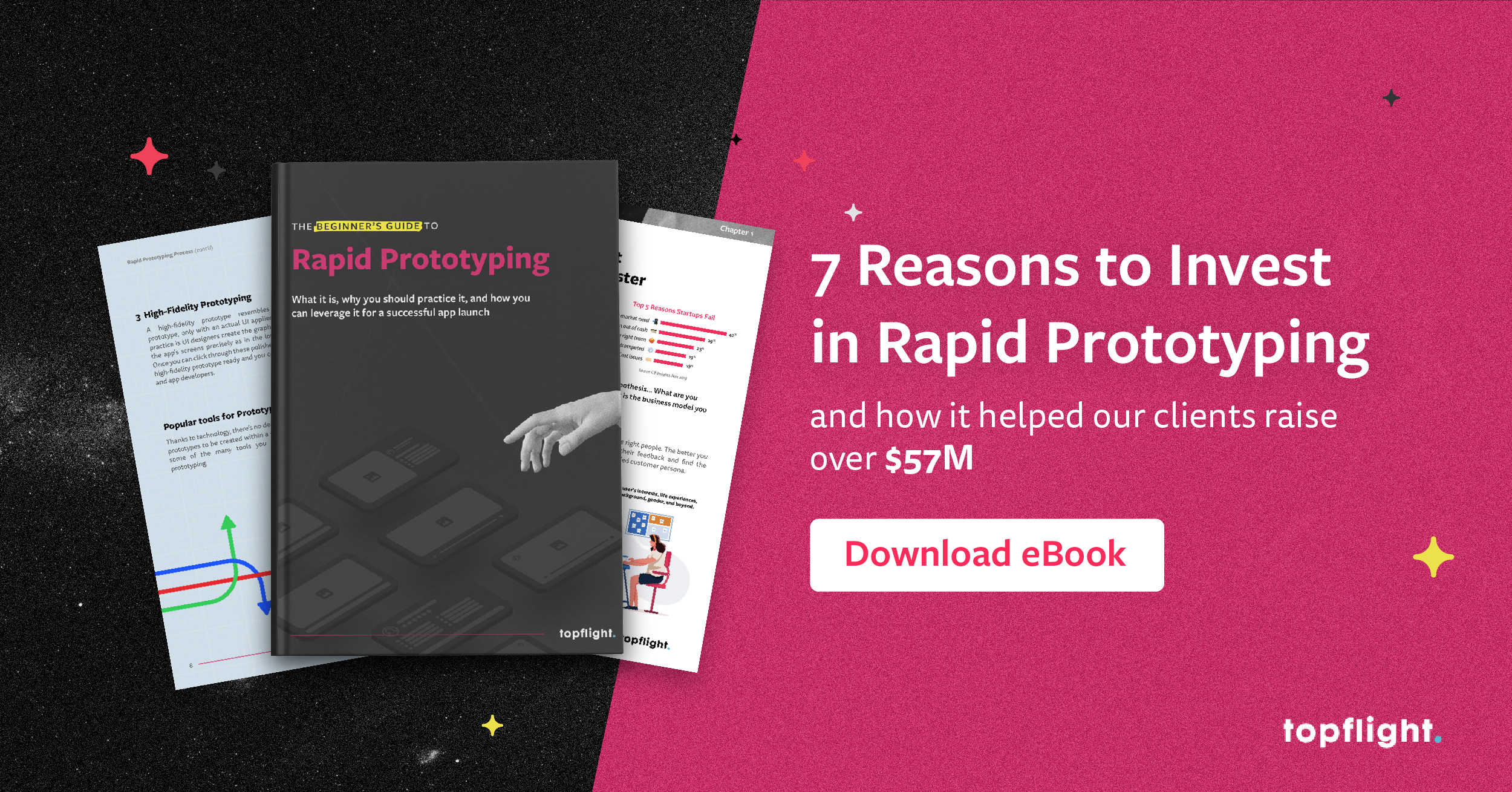Agile has turned 20 in 2021. Has it made the world a better place? Think about all the startups of today and the last decade. How have they managed to bring to life all these innovations we take for granted? From simple things like ordering a taxi on the phone to seamlessly connecting a brand-new budgeting app to a banking account. The answer is they use agile.
Agile development, when applied with care, promises successful delivery of virtually any kind of software. This blog will cover how it works and why agile application development is your best choice for developing an app.
Top Takeaways
- Agile app development is the industry standard and a predominant methodology for mobile and web application development, actively practiced by startups and incumbents alike.
- The sole purpose of agile development is to take your product to market as fast as possible while achieving the best product-market fit. You can then continue to improve the product based on how your target audience interacts with it.
- There’s no one-size-fits-all approach in agile that works flawlessly for every project. Often, developers need to combine different agile techniques to release the best possible product and fine-tune it for mass adoption.
Table of Contents
- What is Agile?
- Advantages of Agile Over Waterfall and Other Approaches
- Cons to Using Agile Development
- How to Budget Agile App Development
- Why Choose an Agile Methodology for Mobile App Development?
- The Big Agile Secret
- Typical Agile Mistakes
- How Agile Works at Topflight Apps
What is Agile?
The chances are agile has already popped on your radar at least a few times. It’s the first thing app developers throw at you, trying to win your business. They’d say something like, “We stick to Agile, you know,” with a half-arrogant, half-patronizing tone, assuming you somehow already know the concept in and out.
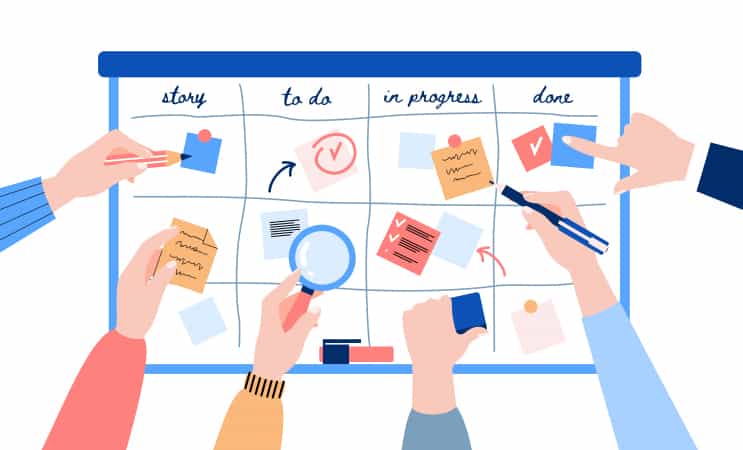
So what is this thing called agile?
In reality, agile is very simple. It’s one of the approaches to creating digital products. If you could get an insider’s glimpse of the process, you’d have to admit there’s no real magic. Agile is a software development practice that focuses on the product-market fit and promotes iterative progress.
That means that software is built gradually, bit by bit, usually with a two-week cadence when new features and fixes are released every two weeks. That’s the gist of it.
So why so much fanfare?
- 100+ dedicated conferences per year globally (in the pre-covid era)
- 400+ project management software tools
- 300+ articles on Forbes per year
Apparently, because the thing just works. But don’t take my word for it:
- CEOs spend 4x the amount of time on strategy while spending 2.4x less on operations management (Harvard Business Review, 2020)
- 93% of businesses that had fully adopted agile before COVID-19 outperformed firms that hadn’t (Global SAFe Summit 2020)
- Agile adoption within software development teams has increased from 37% in 2020 to 86% in 2021 (15th State of Agile Report by digital.ai)
Of course, there’s much to the agile model besides the iterative approach and focus on the product-market fit when custom developing your application. I’ll fill in the rest of the details in the following sections.
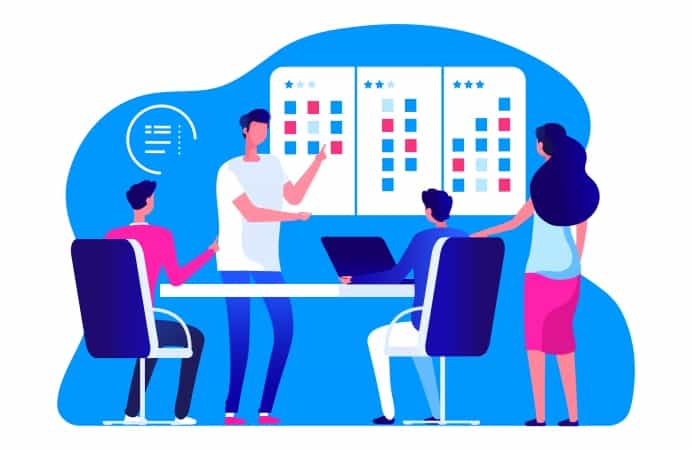
Advantages of Agile Over Waterfall and Other Approaches
I still vividly remember how most projects were fixed-price when I joined the software development industry in 2005. A client would come in with an idea for a digital product. We’d agree on a total price and delivery timeline and then start working.
Those were the times of waterfall application development. The central premise was to develop specifications for a project to the full and only then start building a product. We couldn’t change software features during the application development process without another round of costly requirements elaboration and a complete reassessment of the budget and app development timelines.
That’s where agile really shines. Using agile project management for mobile application development, we can easily overcome these limitations of the waterfall approach.
For a comprehensive guide on developing a mobile banking application, check out our dedicated blog.
Release software with a validated product-market fit faster
Don’t get me wrong: agile still needs a requirements gathering phase, just not as much as with the waterfall approach. Because in agile, work on requirements can happen alongside real development work that moves the product forward.
We can start coding as soon as the initial set of features has been identified by applying the agile methodology for mobile application development. Then, as developers work on the agreed-upon functionality during a two-week sprint, the rest of the team can elaborate on the next set of features for a product.
Coders then pick them up for implementation during the next sprint while QA engineers proceed to development testing on what’s been already delivered.
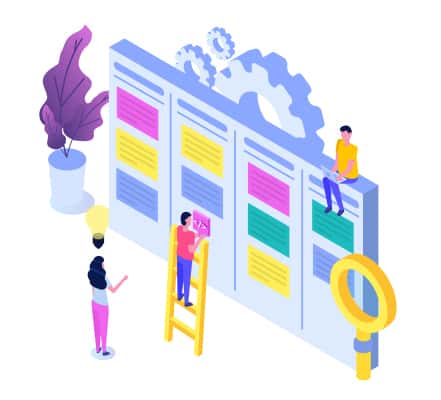
This results in an app being incrementally built out. Since each sprint can introduce new changes, the end product gets a better chance of resonating with the market and target audience’s needs. To sum it up, with agile, you can:
- start coding faster
- change features on the fly
- validate a product-market fit before the release
- deliver high-quality projects faster
Opposite to that, using the waterfall approach, you could end up with a product that no one needs or knows how to use. That would inevitably mean a waste of time and money, regardless of whether you work on enterprise web platforms, desktop applications, or simple mobile apps.
Get complete transparency into the development process
Another advantage you get in agile is total transparency. At any time during the project, you can see who is working on what, identify potential roadblocks, and make appropriate decisions on the fly.
I believe that’s one of the biggest reasons why entrepreneurs and app owners (who have already tried it) love agile. Because they no longer have to sit and wait while their app is being constructed. Instead of generic emails saying the work is in progress, they get to interact with early versions of their product and instantly impact how it evolves.
You see, agile has many advanced project management tools for tracking progress. For instance, we use ClickUp that allows our partners to drill down to individual hours spent by each team member on different tasks. You can run all sorts of reports and literally see how hours worked translate into your product coming alive.
Now, it’s not like I’m saying that the same tools can’t be used for the waterfall framework. It’s just that you wouldn’t be able to interact with your product while it’s being developed using the latter approach.
In addition, agile promotes uninterrupted, prompt communication. So it’s not like you shouldn’t expect any emails with status updates or calls from your team, which brings us to the next point.
Active stakeholder engagement is the key to a successful project, and agile software development implies your full participation in the project from day one. Fortunately, that doesn’t mean you or other stakeholders need to micromanage developers or designers. However, your and your team’s input will be critical to the project’s success.
Continually improve your product
Finally, agile is all about the continuous improvement of your product. And I mean not only during the development phase; post the release too. If you set up the right agile development environment (or let your dev partners do so), your product will continue to grow as customers start demanding more features or new opportunities appear on the horizon.
That’s because agile is flexible. You go through a sprint, look at deliverables, analyze what can be improved, plan the next sprint, and execute on it. That’s precisely how your product matures one step at a time to win a bigger market share, eventually.
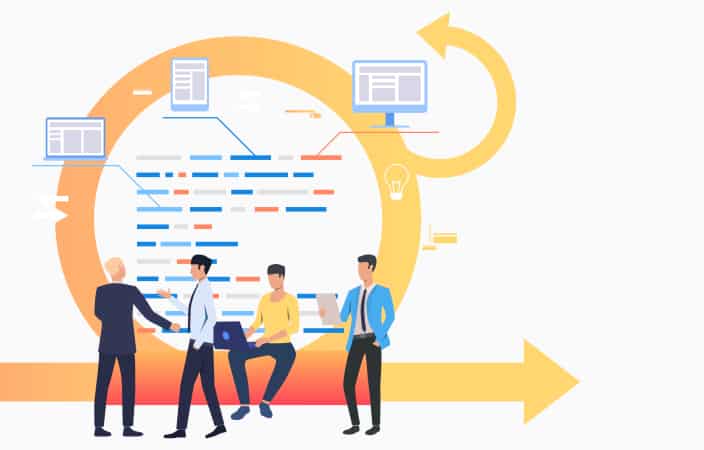
No wonder all the big guys like Gmail or Facebook practice agile rather than any other methodology for mobile application development.
Cons to Using Agile Development
Now that we’ve discussed the benefits of agile, what are some downsides of using agile mobile app development?
First of all, short projects that last a month or two, run better with a fixed-price approach (read waterfall). The scope of such projects is usually well defined, and there’s little to no uncertainty about what technical issues may arise during development.
Documentation is another area where agile gets less love compared to the waterfall methodology. Agile projects indeed generate less documentation, but it’s only because teams focus on achieving the best product-market fit for the app rather than documenting all requirements.
Naturally, documentation in agile is sacrificed for the sake of flexibility. At the same time, it’s advised to keep the most critical documents up-to-date. Otherwise, continually documenting changing requirements can become a burden and increase the cost.
Another impediment to implementing agile is that inexperienced teams can be easily sidetracked by new features that may drive the original scope through the roof. We’ve discovered that keeping open lines of communication with a product manager and a project manager can help alleviate this issue.
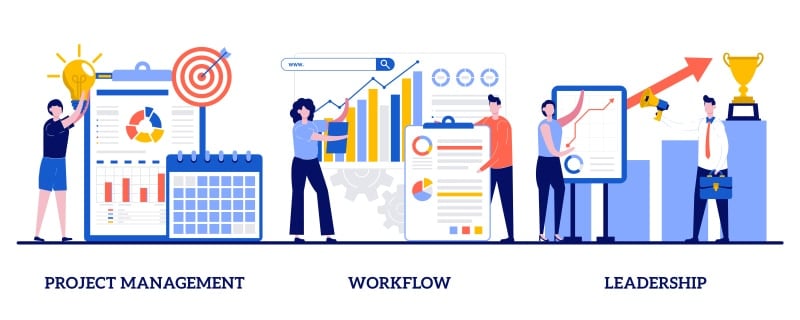
Finally, fixed-price is often better when you have a limited budget just for the prototype (around $20K) and can impeccably visualize and verify what you want to achieve with 100% accuracy and detail.
However, that’s not to say that you should go agile only with an unlimited development budget (kindly refer any client with this issue to our mobile app development company). That simply means that budgeting works differently in agile.
How to Budget Agile App Development
I bet, as a product owner, you’re already wondering, “How can I budget for an agile project with all this flexibility?” The honest answer is you don’t. You approximate and take a leap of faith.
Related: App Development Costs: How to Budget for Your App
Of course, you also take a leap of faith with the fixed-price approach. Still, under that scenario, you have to wait until the very end of the project to see if the result meets your expectations (and pray it meets the market’s expectations too). With agile, you get to see intermediate results throughout the project completion.
I can literally hear you thinking, “Still, how do I assess if it’s even worth starting my project if I can’t pre-estimate my budget? Am I supposed to rely wholeheartedly on this magic agile thing?”
Yes and no. With agile, you buy into a team. You invest your hard-earned (or hard-raised) money into the team that you believe will do the best job of bringing your product to market in the shape and form that generates the maximum traction. All while working with the budget that you have.
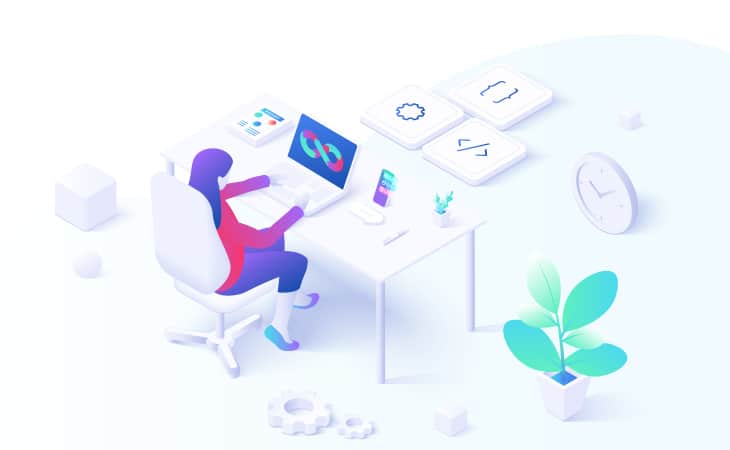
A competent team will relay to you what mobile software development, design, QA, and organizational resources it will take to release an MVP (minimal viable product) version of your product. They would suggest an optimal team composition depending on where you are with your project, and the budget will totally depend on the monthly hours you can fund to see your app come to life.
Related: How long does it take to develop an app
This budgeting approach can also give you extra leverage because you can bring on more or fewer developers on the project, based on how aggressive your timeline is.
A few expert agile developers would also give you a maximum cap so that you can realistically evaluate your possibilities with the product long-term. Just keep in mind that the cap changes every time there’s a scope creep.
I hope that answers how you should budget for an agile mobile app development process.
Why Choose an Agile Methodology for Mobile App Development?
Agile mobile application development is not that much different from agile web development. Still, there are some peculiarities that make agile methodology in mobile application development particularly powerful. Here’s what you need to know.
A universe of devices
The first thing to account for when eyeing agile for app development is the multitude of smartphone models. There are too many phone models on the market today, running iOS and Android operating systems. “So what?”, you might say.
We need to take that into account when designing, developing, and testing mobile software. An application needs to shine on every screen size, regardless of its dimensions, adjust to the dark mode, differentiate between FaceID and TouchID, and eventually run smoothly on all required models.
What if a new OS version comes out while you’re developing an app? Depending on its feature set and upgrades, you may have to support it or add new exciting options. The agile mobile development process allows you to quickly adjust to such unexpected changes.
Every design and development cycle improves the previous app version. And of course, development and testing go in parallel, not to waste time. Also note that agile methodology for Android application development is absolutely the same for iOS projects.
Pivot, pivot, pivot
Second, you should always remember that you may need to change your direction after releasing an early version. This happens when people accidentally find an unexpected use for your app or you see that the working software will benefit from UX adjustments.
It’s hard to deny the suitability of agile methods in mobile application development in such cases. We helped one startup to iterate on their on-demand mobile app, which resulted in a growing user base and a successful acquisition.
Flavors of the agile app development process
Finally, agile development methods for mobile applications may include different techniques like Scrum, Kanban, and others. Fortunately, you don’t really need to worry about that, and we’ll discuss why immediately after I let you in on a secret in the next point.
The Big Agile Secret
Now, it’s about time I let you in on a huge secret about agile application development. I’m not sure how you’ll take it, but the truth is as follows:
You can hardly hire a software development team that isn’t agile. It seems today, everyone is agile.
Related: How to Hire App Developers: The Ultimate Guide
Seriously, try googling for a fixed-price development company. Even if you find one, they will tire you out with requirements elaboration to the point where it makes no sense to release the product altogether. Or else, they’d go and build something different because that’s how they understood your customer needs. At least that’s what the 10-year experience of being an intermediary between developers and clients tells me, and I’ve been on all kinds of development projects.
Now, agile can be different. I’m sure you’ve met agencies lecturing you about their specific flavor of agile like Scrum, Kanban, XP, and other fancy names.
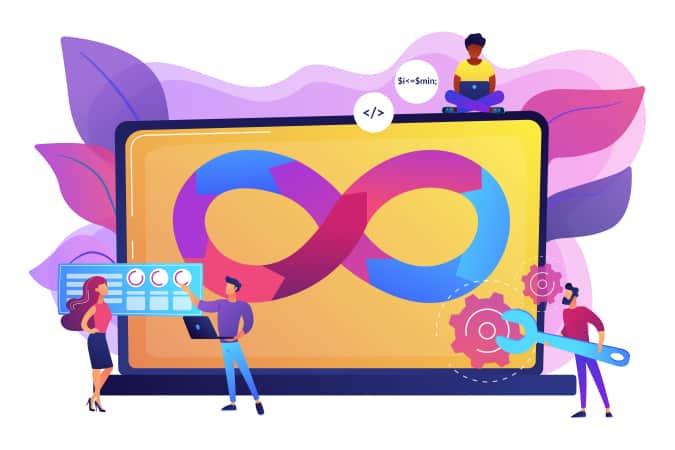
At the end of the day, it’s not your job to know the differences between all these because:
- most companies mix and match various techniques that best fit a project’s needs
- how on earth would you know which agile flavor works best for your product?
While different teams opt for Scrum or Kanban and defend their choice to death, skilled teams avoid sticking with a singular agile approach for developing a mobile application.
Instead of wasting time making sense of the nitty-gritty of Scrum, Kanban, and other agile frameworks, here’s the gist of what you really need to know about these agile flavors.
Scrum
Scrum is all about organizing product development into effective sprints. Sprint iterations lasts two weeks or so, and finishes with a retrospective meeting, when teams look for ways to further optimize their workflows. The end goal is to deliver features at the end of each sprint, starting with those having the biggest ROI impact.
Kanban
Kanban focuses on limiting work in progress and is less about planning ahead. This development approach guarantees that new functionality gets implemented only after the current pool of tasks has been completed. Therefore, this method of agile development is very helpful on projects where new requirements are introduced to a system at random times and in random amounts. Short cycles ensure quick adjustment.
Extreme programming
Extreme programming stresses the technical aspects of software development, such as test-driven development (automated tests) and pair programming (coders verifying each other’s work). Instead of focusing on the main features, teams practicing extreme programming iteratively assemble a software jigsaw puzzle working on all pieces at once.
Lean software development
The lean flavor borrows a little of this and that from Kanban, Scrum, and XP programming – everything that helps bring the most value to customers. This mobile app development methodology implies removing all steps and processes that do not result in immediate gains for the end user.
Since Lean is merely a combination of other agile methods, let’s summarize the differences in Scrum, Kanban, and XP development processes.
| Criterion | Scrum | Kanban | XP |
|---|---|---|---|
| Project coordination | Scrum Master | Team work | XP Coach |
| Changes introduction | No changes during a sprint | Allowed at any time | Allowed even in late-stage development |
| QA / Testing | Specific to each project | After each main feature is ready | Test-driven development, automated tests |
| Complexity of design | Complex design | Simple visual design | Simple design |
| Coding standards | No standards | Well-defined coding standards | No coding standards |
How about we look at the typical mistakes agile teams run into?
Typical Agile Mistakes
Alas, even agile is not the magic bullet turning every project into gold. What are some red flags for double-checking if a team you’ve hired makes the best use of agile techniques?
Messed-up team members’ roles
If you are not sure who your primary point of contact is and whom you should contact about the project (whether the title is scrum master or product manager), that means that the team did a poor job explaining their roles on the project.
Best practices:
- Find out who is the product manager. This person will be your primary contact; their job is to share your product vision with the development team.
- Find out who is the project manager coordinating developers and other team members on a daily basis.
Of course, during the project, you may find yourself speaking to different people, even designers and developers, when you want to get to the nitty-gritty. However, you’d often hear from product and project managers, who’d also expect your feedback to help push the project to completion.

Related: Outsourcing App Development: Everything You Need to Know
Stale product backlog
The product backlog is where you and the product manager prioritize all app features. In the course of the project, tasks with higher priority (at the top of the list) will be pulled to active sprints. Others may lose or gain importance and move accordingly in the backlog.
Therefore if you don’t see any activity in the product backlog, something is definitely going wrong.
Best practices:
- check the backlog regularly
- ask your product manager of any unexpected changes
Excessive use of PM tools or too many of them
Some agile teams may focus too much on using various project management tools. For the most part, it’s fine as long as you see sufficient progress on the project. It’s when they ask to register and add comments in a multitude of tools, you should step back and reevaluate the efficiency of your engagement.
There’s no need to overcomplicate agile project management for mobile application development. It’s tough to keep track of the project course when you have to check into multiple places to see how it’s going. Using agile project management on mobile application development definitely helps.
Best practices:
- choose a single project management tool like ClickUp (real-time progress tracking)
- complement that with frequent communications via Slack or emails
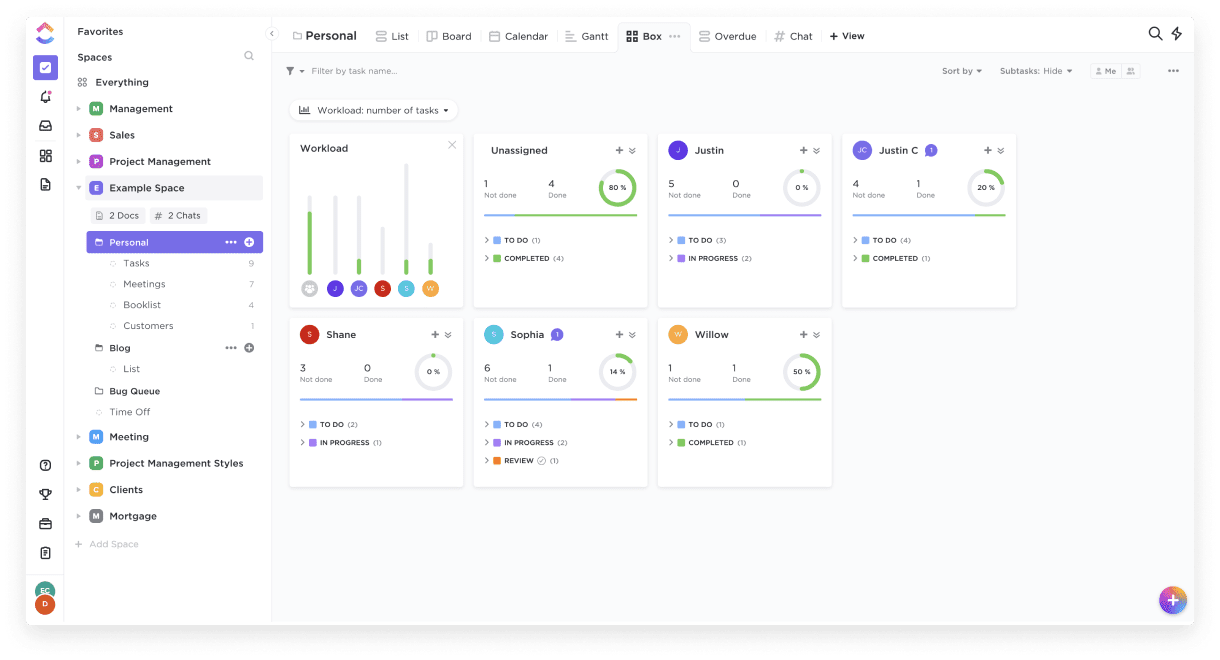
Zero documentation
Pay attention if no documentation is generated during development. Even the most agile teams rely on some sort of requirements. I’d say the bare minimum would be low-fidelity and high-fidelity wireframes, architectural diagrams, and user stories captured in the backlog.
In addition to that, app developers need to write code comments, which will become helpful when you decide to move development in-house and start thinking about knowledge transfer.
Best practices:
- ensure the team produces artifacts describing critical aspects of the product
- insist on sufficient code commenting
How Agile works at Topflight Apps
At Topflight Apps, our priority with agile is to get the next version of your product to market and test it faster while avoiding analysis paralysis with low-priority design decisions.
Overall process
To achieve that, we continually refine your product vision during each iteration by clarifying its features and their exact specification while simultaneously building, delivering, and testing viable versions.
On the journey, we solve inevitable technical challenges and get a better understanding of your target audience — throughout the development lifecycle. As a result, every design round is better informed, directed, therefore, yielding greater ROI than the previous one.
Related: MVP App Development: Steps, Processes, Tools, Best Practices
Transparent development and budgeting
Meanwhile, you are given fully transparent access to our internal PM software, allowing you to drill down into hourly tracking and understand your costs by feature- including who contributed how much time and in what capacity (product management, project management, design, development, or QA).
Also Read: QA Guide to ensuring you launch with a bug-free application
We sign off on the maximum hourly effort delivered during sprints and the rough distribution of those hours across disciplines at Topflight. Both the ceiling and distribution are flexible and generally change as the project moves through its natural phases.
Activities
We operate based on bi-weekly sprints, focusing on these areas:
- backlog grooming
You and a product manager continually re-prioritize features in the backlog, refining their definition as they near development, updating their cost, the total product cost, and timeline accordingly.
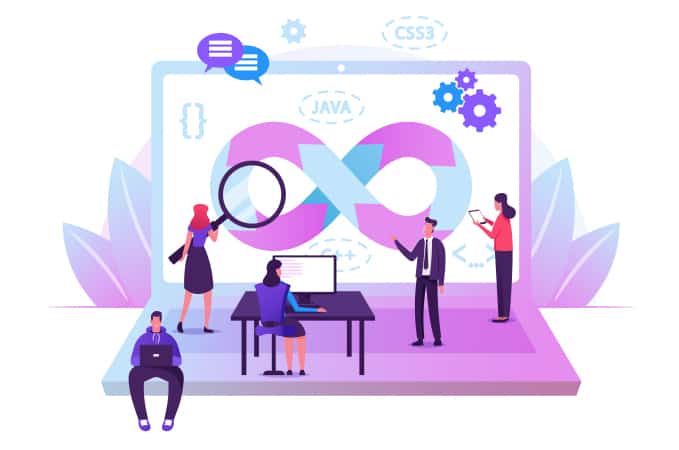
- sprint planning
Fully designed and specified features are planned and signed off for an upcoming sprint. We lock them for the next sprint and don’t change to guarantee smooth delivery.
- delivery
Developers code against this shared understanding, deliver, and have their work reviewed internally by QA before deploying the next product version.
- retrospective
We review insights gained during the last sprint and fine-tune our process. Every client, team, and product is different, and agile allows us to adjust and improve on the fly.
Deliverables
As we go through the project development process, you can expect the following deliverables from us:
- app versions (either in a testing or production environment).
- documentation, including system diagrams, business logic, flow diagrams, user story definitions, and acceptance criteria.
- design in the form of continually updated wireframes mapping out subsequent app versions
- backlog and roadmap, which makes up a continually updated product vision
- time reporting (hourly reporting by discipline, employee, and product feature)
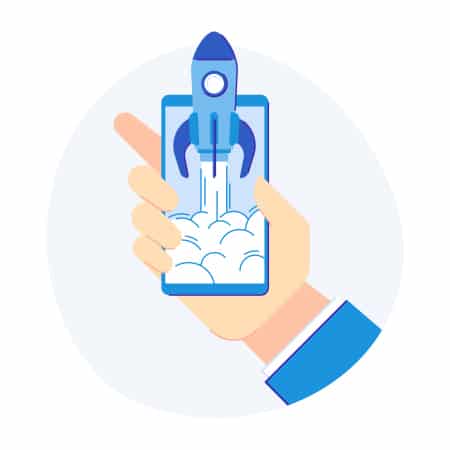
Why You Should Stick with Agile
To round up, here’s why I think your project will succeed should you choose to go the agile way:
- avoid wasting budget on a slow, expensive and misguided specification phase
- lower development costs overall
- cut time-to-market and ensure rapid release cycles
- maximize the role your users play in shaping your product
- ensure smooth, efficient, and meaningful development
Get in touch with our experts for a free consultation. Or check out the FAQ to see if our agile mobile development company is a good fit.
In addition, check out some of our app development guides:
1. On-Demand App Development
3. Women’s Health Tracking App Development
FAQ
Is there a risk of spending too much time on communications, which agile tends to favor a lot?
A much bigger risk would be communicating less and releasing a product without a real product-market fit or running into “sudden” technical challenges.
Do you stick with any specific type of agile, such as Kanban or a scrum approach?
We tend to pick agile techniques based on a project’s requirements.
Are there any secret tactics in agile I should be aware of?
You can cut on development testing in early stages. Less testing, more features as you prepare the next public build. More testing, fewer features as you near the release.
Why is agile mobile development methodology so powerful?
Mobile is a rapidly evolving space, and that’s why using an agile methodology makes sense.
It sounds like I can get faster development with the help of agile, but I can't complete the project. Is that right?
No, you get intermediate results that you keep improving. Each public app version is a finished product.
Is there a particular project management tool you’d recommend for agile application development?
We rely heavily on ClickUp and Slack.
